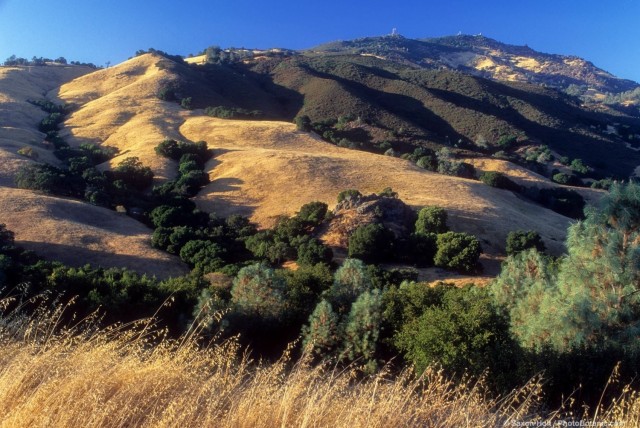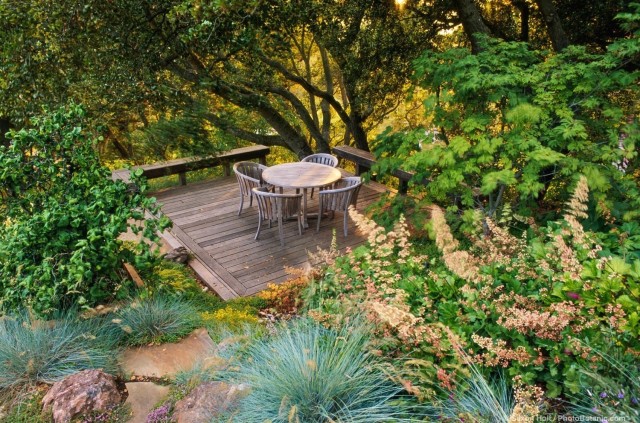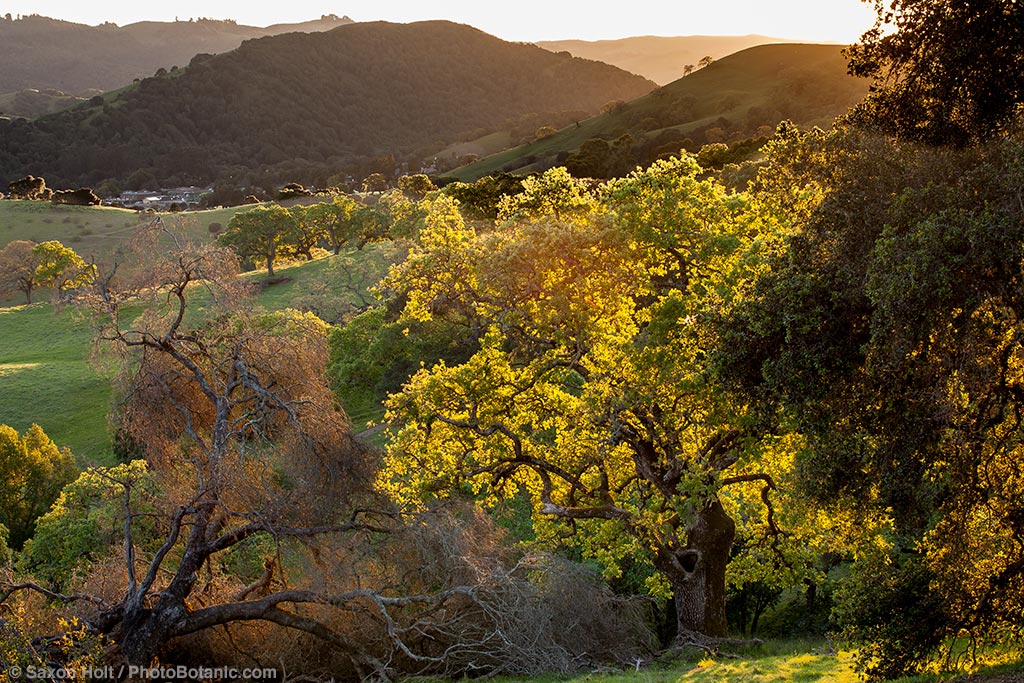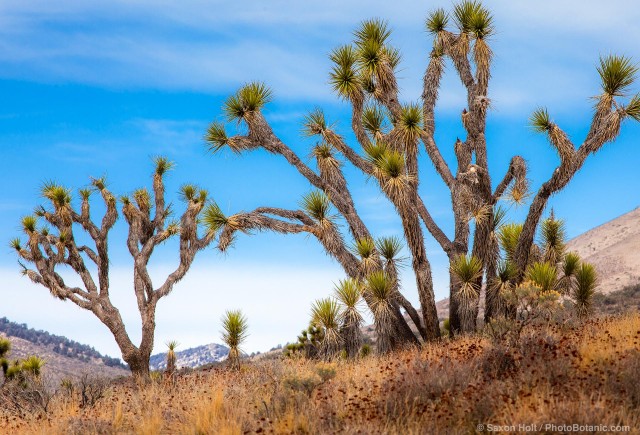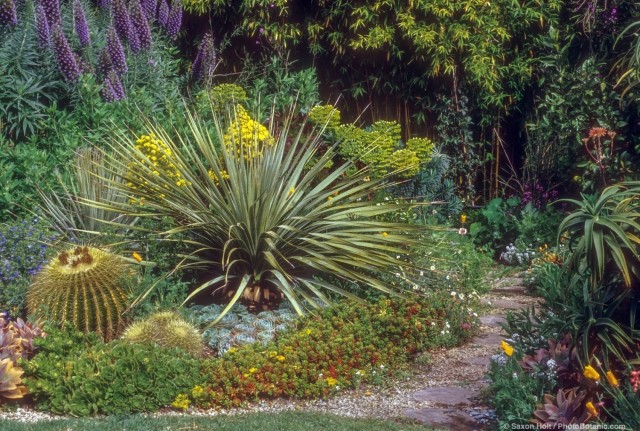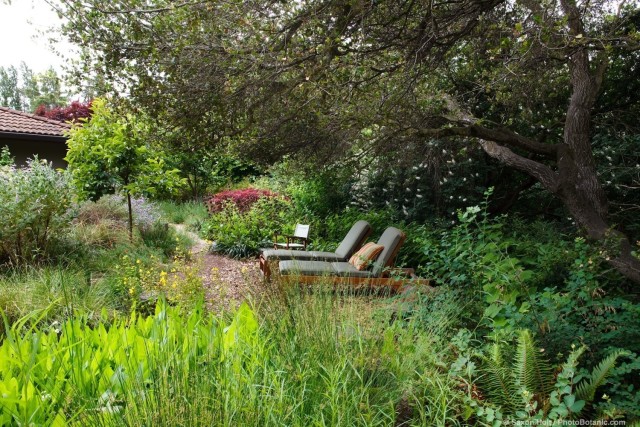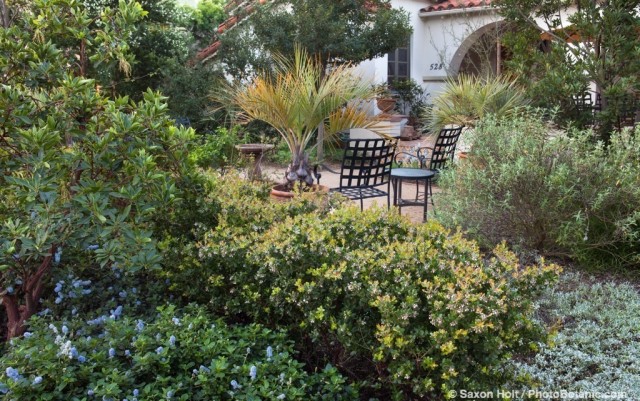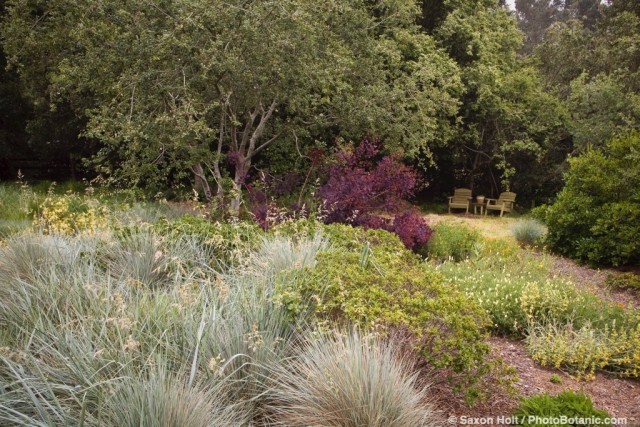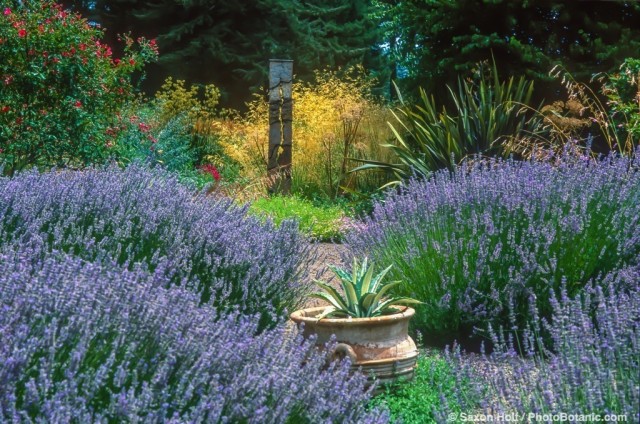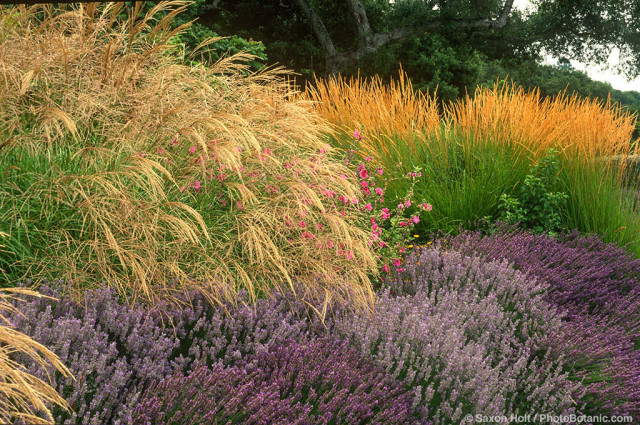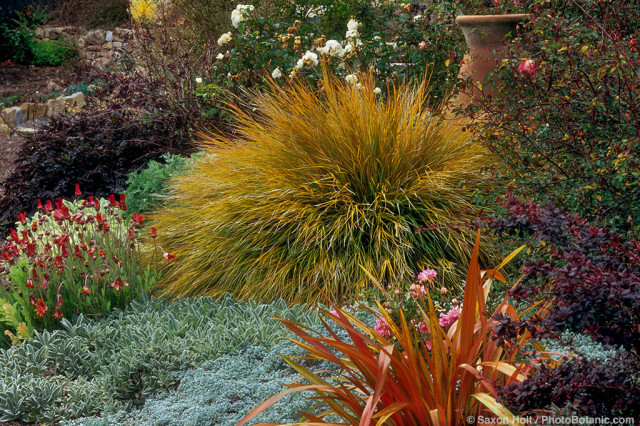Here in California, there have been some rumblings about gardens wasting water. Can we afford water for gardens in an era of limited resources?
Isn’t our native habitat beautiful enough? Do we want to have gardens here?
Well of course, I am biased. I am a gardener. And yes, we certainly do want to have gardens; indeed, we need gardens for so many reasons. Not only are gardens urban and suburban oases that provide habitats, living soil, and carbon exchange, they provide so much peace for so many. Gardens are important. To make your peaceful garden living space modern, comfortable and even more pleasing to the eye, there are plenty of options to you of course, these Gartenliegen polyrattan could compliment your garden in just the way you’ve been looking for.
So yes, we do want to gardens. Not only do we want gardens, we must have them. But in this summer-dry climate how do we sustain them? Dry summers are not drought, it’s normal. How much water can we afford to allocate to gardens in the summers when the plants need it?
Californians have been suffering through years of drought, and while this winter we have had good rains (when we typically store water in the snowpack for the reservoirs), we need to be mindful that it only rains in the winter and we cannot waste water in the hot days of summer.
Fortunately, there are many plants that are adapted to dry summers. Not just our California natives but plants native to other summer-dry regions of the world such as the Mediterranean and Western Australia. In order for these plants to look good in gardens throughout the summer, many of them do need some supplemental water but the little bit they need is a fair use of our water resources.
There is an entire database of photos and plant descriptions for summer dry gardens at, of all places, the Summer-Dry website.
Agriculture uses 80% of California’s stored water, and is certainly a vital and key element of the economy, but I hope no one questions the need to allocate water for gardens too. We do want gardens here.
There are many styles of garden that can fit comfortably and aesthetically with little water, assuming we choose plants adapted to summer-dry climates. However, not all of California can be classified as summer dry.
Much of southern California is desert with less than 10 inches of rain a year. There can certainly be beautiful gardens in the desert (hooray for succulents) but it is an entirely different aesthetic from the coastal regions of California where most people live. Desert gardeners should not rely on the plant palette of the summer-dry regions.
I am a member of the California Native Plant Society and advocate for using our beautiful natives in gardens. I think these are our first choice for gardening, so long as the gardener chooses a native that is actually native to their region. Redwood trees are California natives to the north coast, but while they may be technically summer-dry, they receive significant moisture from summer fog.
Oak trees are native throughout the state and I am a huge fan of these most sustainable of trees. A well sited oak tree can be the signature of a good garden. In this garden of native plants, the oaks were precisely planted in the garden to frame the views.
In this next garden, a small bog pond planted with reeds and rushes creates a lush oasis under the native oak.
Next, native shrubs are pruned in a somewhat formal fashion that provides privacy in this front yard garden in southern California.
I think the most adventuresome gardens mix plants from the summer dry regions of the world. One of my favorites is the nurseryman David Fross’ garden (Native Sons Nursery) who has advocated for summer-dry, adapted plants for many years.
And there are plenty of bold choices to using non-native plants. This red flowering Grevillea is from Australia, the beautiful Leucodendron against the wall is from South Africa, and the magnificent Agave is an American desert native.
Many wonderful Mediterranean natives are splendid in California gardens and we could hardly do without such herbs as thyme and lavender.
And of course anyone who knows me knows I love the grasses, here next with lavenders under native oaks.
I have done two entire books about grasses, The American Meadow Garden with John Greenlee and Grasses with Nancy Ondra, so I best not to get started touting grasses for California gardens, but there is no doubt they fit into the aesthetic of summer-dry gardens.
So yes, gardens can certainly be adapted to California. I do think they require some supplemental water, but everything any of us do in California requires supplemental water. If we can use plants that are adapted to summer dry conditions, then the gardeners’ share of the water resources is just as important as farming and flushing. It sustains the beauty of nature we all need.
Gardens, here ? Oh yes !
<><><><><>><><><>
Gardening Gone Wild has been nominated for a prestigious garden blog award by the folks at Better Home and Gardens. I hope you will consider voting for us. You need to go to their website to the section about garden blogs, and once you’re there you will find the smiling face of our fearless leader Fran Sorin; and you can vote every day until March 7th. 😉

